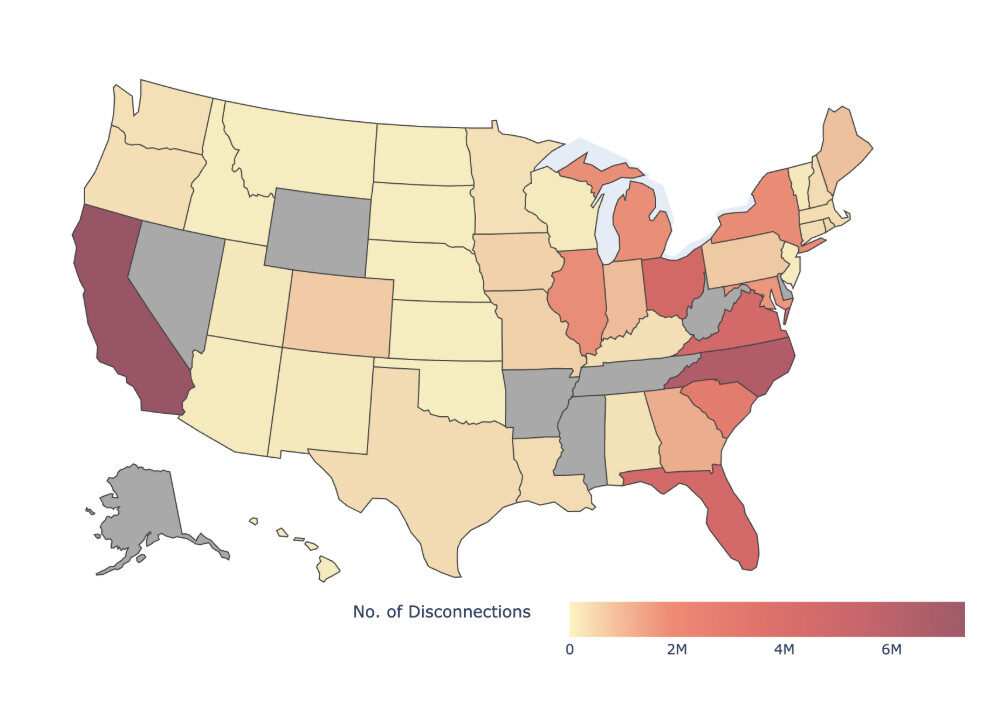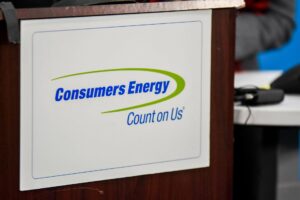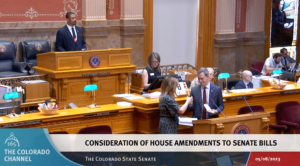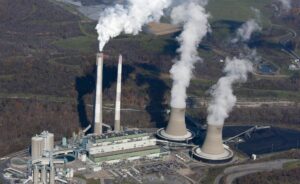
Duke Energy seeks higher rates, profits in NC despite soaring disconnections
December 18, 2025
The Charlotte-based utility giant is asking state regulators for permission to boost the rates they charge customers and their profits, even as the state’s disconnection rate is rising and putting people’s lives at risk.
Read moreArticles
PUCO stops FirstEnergy from making Ohio customers pay $108 million for a corporate accounting foul-up flagged by regulatory audits
PUCO stops FirstEnergy from making Ohio customers pay $108 million for a corporate accounting foul-up flagged by regulatory audits
November 20, 2024 update: FirstEnergy’s Ohio utilities will not be allowed to recover $108 million in misclassified corporate overhead costs flagged repeatedly in regulatory audits…
Reports
Showing 10 out of 31 reports
Get in touch
Want to schedule an interview with one of our staff members? Do you have a question or want to provide information? Contact us.

















